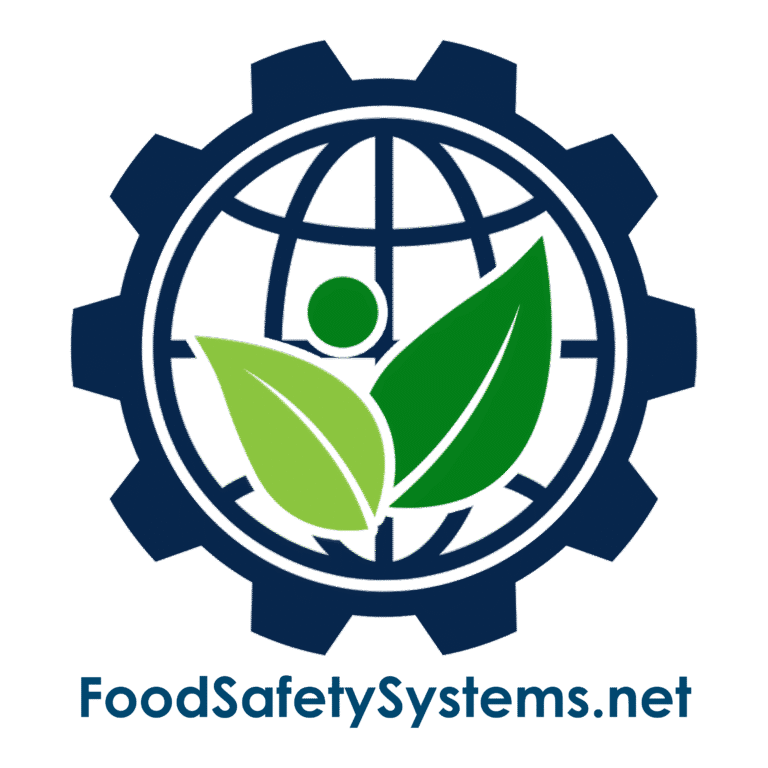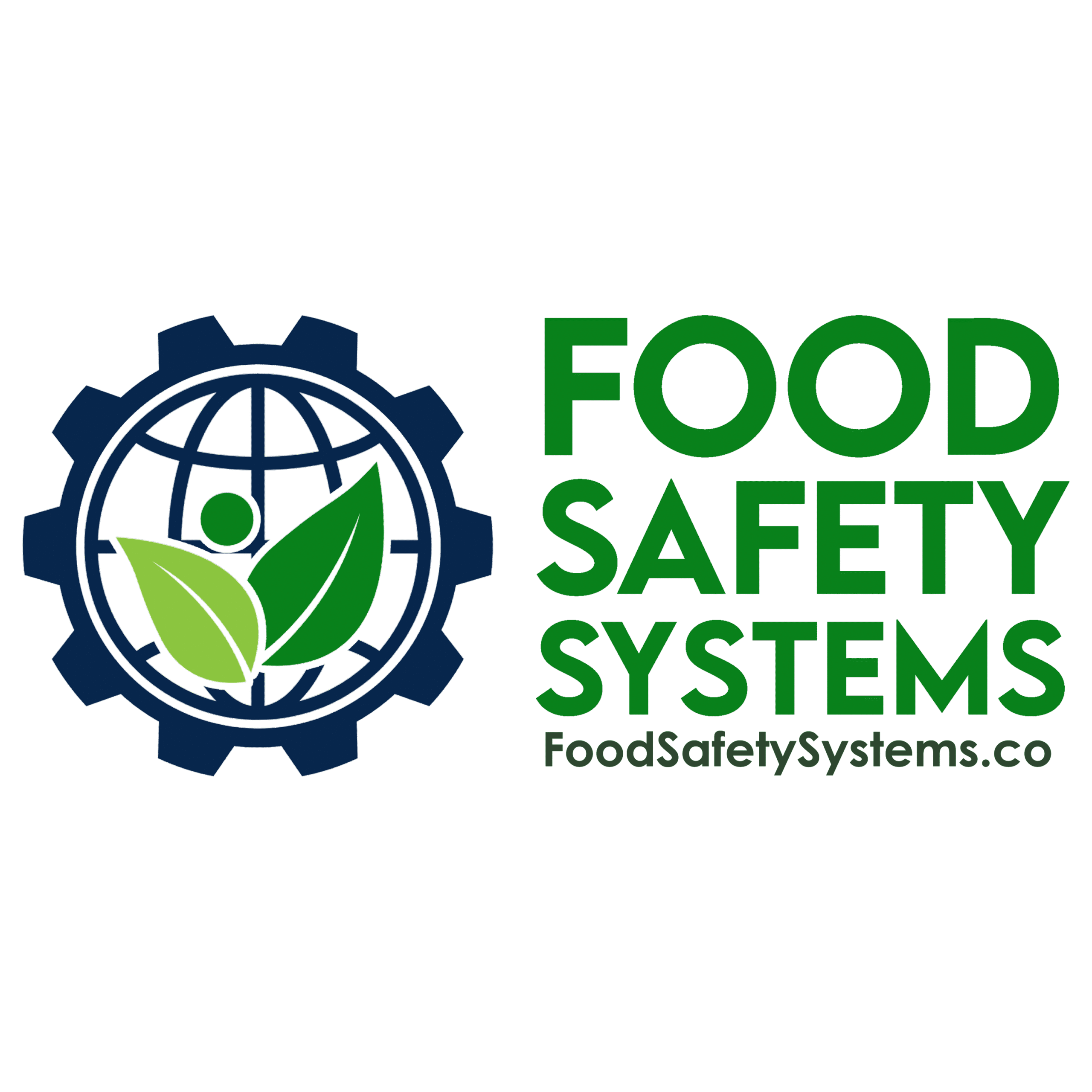Material Hazard Management

Aligned with FSSC 22000 Requirements
Requirement Overview
FSSC 22000 requires organizations to identify, assess, and control hazards that may arise from raw materials, packaging materials, and other inputs used in manufacturing. This includes ensuring that all materials are safe for use, do not introduce contamination, and meet both regulatory and customer requirements. Hazard assessments must consider potential chemical, physical, microbiological, and allergenic risks, and outcomes should be integrated into supplier approval, monitoring, and verification processes.
Aligned with BRCGS for Storage & Distribution Issue 4 – Clause 4.3.1 & 4.3.3
Requirement Overview
BRCGS for Storage & Distribution requires that products moved via cross-docking are traceable and controlled at all times, even when they are not held in storage for extended periods.
Clause 4.3.1: “The company shall ensure that traceability is maintained at all stages, including during cross-docking operations.”
Clause 4.3.3: “Procedures shall be in place to ensure that all products handled, including those not stored on-site, remain under control and are not subject to contamination or substitution.”
Cross-docking operations must not compromise product traceability, safety, or integrity. Even with minimal handling and temporary presence, each product must be accurately identified, documented, and protected.

Key Compliance Objectives
-
✓ Identify and evaluate hazards associated with raw and packaging materials
✓ Maintain a risk-based supplier evaluation and approval program
✓ Implement controls for materials and suppliers identified as high-risk
✓ Ensure up-to-date documentation, traceability, and verification records
Step-by-Step Compliance Implementation
1. Create a Material Hazard Risk Assessment Procedure
-
Required Actions:
-
• List all raw materials, components, and packaging materials
• Assess potential hazards for each (e.g., migration risks, foreign body, contamination)
• Assign risk ratings with clear justification
Evidence to Maintain:
-
• Risk assessment matrix or worksheet
• Defined criteria for risk classification (low, medium, high)
• Approved procedure for conducting risk assessments
- • List all raw materials, components, and packaging materials • Assess potential hazards for each (e.g., migration risks, foreign body, contamination) • Assign risk ratings with clear justification
- • Risk assessment matrix or worksheet • Defined criteria for risk classification (low, medium, high) • Approved procedure for conducting risk assessments
2. Integrate Risk Assessment into Supplier Approval
-
Integration Includes:
-
• Linking material hazard ratings to supplier risk levels
• Applying enhanced controls or testing for high-risk materials
• Aligning supplier audits and Certificates of Analysis (COAs) with hazard level
Evidence to Maintain:
-
• Supplier approval documentation referencing material risk
• COAs or compliance declarations for supplied materials
• Audit or assessment reports for high-risk suppliers
- • Linking material hazard ratings to supplier risk levels • Applying enhanced controls or testing for high-risk materials • Aligning supplier audits and Certificates of Analysis (COAs) with hazard level
- • Supplier approval documentation referencing material risk • COAs or compliance declarations for supplied materials • Audit or assessment reports for high-risk suppliers
3. Implement Hazard Controls and Specifications
-
Control Methods May Include:
-
• Incoming inspection, sampling, and testing of materials
• Documented material specifications with defined safety parameters
• Supplier agreements requiring testing and traceability
Evidence to Maintain:
-
• Signed and controlled material specifications
• Receiving inspection logs, non-conformance, and rejection records
• Third-party test reports and validation evidence
- • Incoming inspection, sampling, and testing of materials • Documented material specifications with defined safety parameters • Supplier agreements requiring testing and traceability
- • Signed and controlled material specifications • Receiving inspection logs, non-conformance, and rejection records • Third-party test reports and validation evidence
4. Conduct Ongoing Verification and Review
-
Verification Includes:
-
• Scheduled re-assessment of material hazards
• Monitoring supplier performance and customer complaints
• Updating risk ratings and controls as new data or incidents occur
Evidence to Maintain:
-
• Annual review records of material hazards
• Complaint trend analysis and CAPA documentation
• Revised risk ratings and supplier approval status
- • Scheduled re-assessment of material hazards • Monitoring supplier performance and customer complaints • Updating risk ratings and controls as new data or incidents occur
- • Annual review records of material hazards • Complaint trend analysis and CAPA documentation • Revised risk ratings and supplier approval status
Common Audit Findings & Recommended Fixes
| Audit Finding | Recommended Action |
|---|---|
| No documented material risk assessment | Establish and implement a material hazard risk assessment SOP |
| Hazards not linked to supplier approval | Integrate risk assessments into supplier approval workflows |
| Outdated or missing specifications | Review and update material specifications regularly |
| No follow-up after risk changes | Schedule reviews and update controls based on new data or trends |
Auditor Verification Checklist
During an FSSC 22000 audit, be prepared to provide:
-
• Documented material risk assessments and classifications
• Records linking material risk to supplier approval and monitoring
• Controlled specifications and documented hazard controls
• Evidence of reviews, updates, and verification activities
Implementation Roadmap
Build Your Program
-
✓ Develop a documented procedure for material hazard risk assessments
✓ Define hazards, risk levels, and evaluation criteria
Integrate with Supply Chain
-
✓ Incorporate risk assessments into supplier approval workflows
✓ Ensure specifications include hazard-related requirements
Verify and Monitor
-
✓ Reassess material risks annually or following incidents
✓ Maintain verification records and testing results
Improve Continuously
-
✓ Adjust hazard classifications as suppliers or materials change
✓ Use complaints, test data, and trend analysis to strengthen controls
Why This Matters?
-
✓ Prevents contamination and safety risks from raw and packaging materials
✓ Demonstrates compliance with FSSC 22000 certification requirements
✓ Strengthens supplier accountability and traceability systems
✓ Protects product integrity, regulatory compliance, and brand reputation
Support Tools Available
Food Safety Systems provides:
-
✓ Material hazard risk assessment templates
✓ Supplier evaluation checklists with risk integration
✓ Material specification and verification forms
✓ Training modules on hazard classification and material safety
Privacy Policy | Terms of Service
Powered by interlinkIQ.com, Developed by ITBlaster.net, Owned and Operated by Consultare Inc. Group, A Compliance Company. All Rights Reserved.







